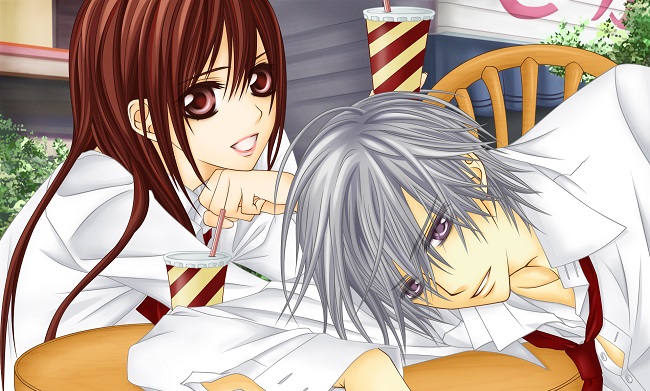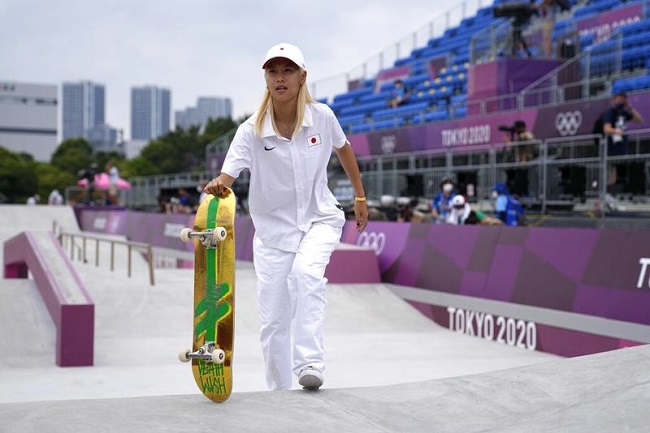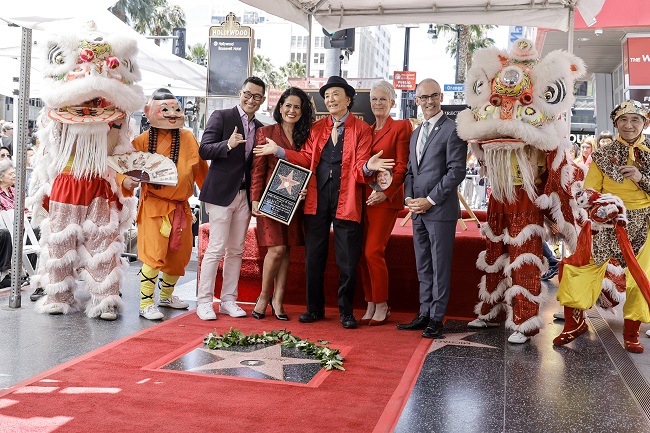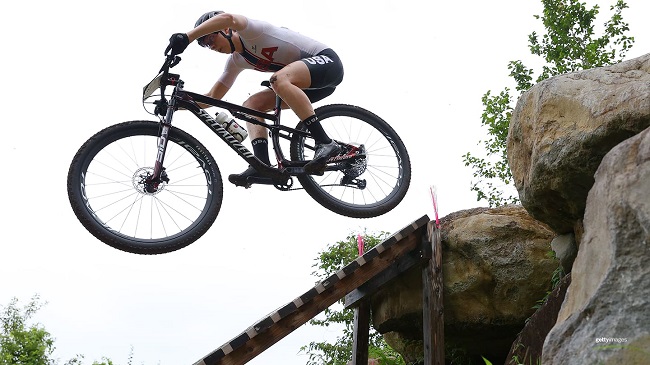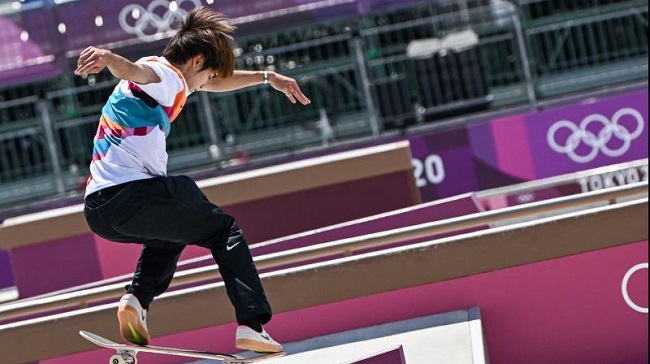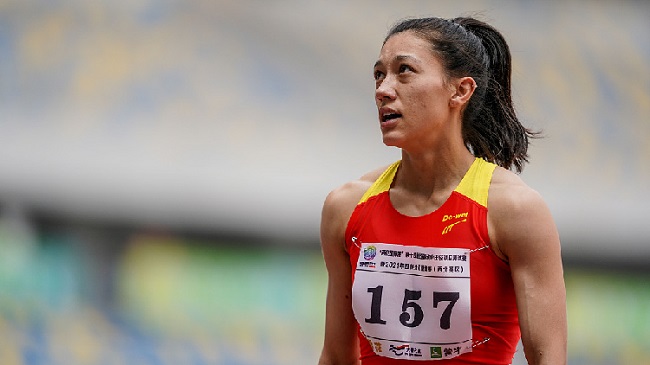Buenos Aires has a vibrant culture and art scene, and offers a wide variety of exciting tourist attractions.
The capital of Argentina is renowned for its vibrant nightlife and tempting tango dancing scene. Avenida Corrientes, also known as “the street that never sleeps,” is only one of its many ancient and bustling streets.
Top 10 Places to Visit in Buenos Aires
El Zanjón de Granados, for instance, is a well-known building that recently revealed a network of underground tunnels dating back to the time of the city’s first inhabitants. Buenos Aires is home to many more mysterious artefacts and interesting sights than just these.
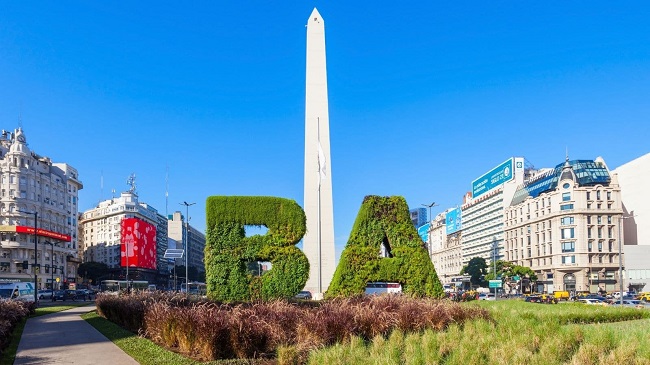
Buenos Aires has a vibrant culinary scene, much of which takes inspiration from the city’s heavy European influence. Steakhouses, known as parrillas, may be found on nearly every block, as can upscale restaurants serving Italian and French fare.
Enjoy with Syrahs and Torrontés, two of Argentina’s most well-known wines, at one of the city’s many wine bars, clubs, or cafés. The “Paris of the south” offers countless opportunities!
1. Plaza de Mayo
The Plaza de Mayo has been at the centre of Argentine politics ever since the revolution that led to independence in 1810. The Cabildo, the city council during the colonial era, and several other important buildings are clustered around the Plaza.
The May Pyramid is the oldest national monument in Buenos Aires, and it stands in the middle of the Plaza de Mayo. Mothers of the Plaza de Mayo have gathered here with posters and images of their children who were disappeared by the military dictatorship in the 1970s, and the plaza has become a symbol of their struggle for justice.
2. Caminito
Caminito, a neighbourhood in La Boca, is a well-known street museum with a rich cultural history. Caminito, or “small walk,” is a stunning example of the brightly painted dwellings that were standard among immigrants.
In the 1950s, Caminito’s buildings began to be painted by artist Benito Quinquela Martin. Juan de Dios Filiberto, the composer of the popular tango “Caminito,” is reported to have been moved to write it after seeing the landscape.
Caminito’s buildings were Benito Quinquela Martin’s canvas, and his paintings brought people to the area. Once the river Riachuelo dried up and the railway shut down in the 1950s, practically everyone left the street. And now Caminito is well-known for its vivacity thanks to its many eateries, folk and tango dance events, musicians, and artists.
3. Recoleta Cemetery
Recoleta Cemetery is not your run-of-the-mill burial ground. Former presidents of Argentina, Eva Peron, and even one of Napoleon’s granddaughters are all laid to rest there. Founded in 1822, it is home to almost 4,500 above-ground crypts, 94 of which are protected as national monuments.
The cemetery is home to some of the world’s most impressive marble mausoleums and statues created by some of history’s most renowned sculptors. BBC dubbed it “one of the nicest cemetery in the world,” while CNN included it in their list of the top 10 most beautiful cemeteries.
4. Puerto Madero
Puerto Madero, the largest urban development project in the city, features sleek buildings along the waterfront of the Río de la Plata. Although Puerto Madero was Buenos Aires’ primary port in the late 19th century, it was eventually rendered obsolete by the advent of larger cargo ships.
After years of neglect, the port was revitalised in 1989 when it was decided to transform the port’s dilapidated warehouses into more palatial structures that would house apartments, restaurants, and retail stores.
To add some flair to the development, all of the streets in the area were given female names. A lovely afternoon can be spent strolling through Puerto Madero.
5. El Obelisco
El Obelisco, which towers 68 metres (223 feet) above the city, is a popular tourist destination. It was constructed in 1936 to celebrate the city’s 400th anniversary as the capital of Argentina and the spot where the country’s flag was first flown.
In 1812, the flag was originally flown at the church of St. Nicholas de Bari, which had to be torn down so that the obelisk could be constructed. It stands tall at the corner of 9 de Julio and Corrientes Avenues in Buenos Aires.
9 de Julio Boulevard, dubbed “the biggest street in the world,” is named after the year Argentina gained its independence from Spain, 1816.
6. Bosques de Palermo
Park Tres de Febrero, also known as Bosques de Palermo, is a massive urban park in the Palermo area that is renowned for its rose gardens, lakes, picturesque gazebos, and groves.
There are jogging trails, paddle boats for rent so you may explore the park’s tiny lakes, a sculpture garden honouring writers like William Shakespeare and Jorge Luis Borges, bike and rollerblade rentals, a planetarium, and plenty of grassy areas for a picnic.
Apart from architect Julio Dormal and urbanist Jordán Czeslaw Wysocki, French Argentine urbanist Carlos Thays is responsible for the expansion of Bosques de Palermo, including the design of the Botanical Garden, Rose Garden, Zoological Gardens, and Plaza Italia.
Bosques de Palermo is a popular park where people go to relax in nature, whether that be to have a picnic, paddle across the numerous lakes with the swans, or wander around the various gardens.
7. Floralis Generica
The Floralis Generica, a gift to the city of Buenos Aires by Argentine architect Eduardo Fernando Catalano, is a popular destination for both visitors and locals. Above a reflecting pool in the Plaza de las Naciones Unidas is the massive stainless steel flower sculpture known as the Floralis Generica.
The amazing mechanical structure’s petals open and close in response to the sun’s position. Its design incorporates a hydraulic system managed by photoelectric sensors that monitor the intensity of sunlight. Catalano designed this one-of-a-kind building to represent the daily renewal of faith.
There are just four days out of the year when the blossom never closes. May 25 (Revolution Day), September 21 (First Day of Spring), December 24 (Christmas Eve), and December 31 (New Year’s Eve) are the dates in question.
8. Avenida Corrientes
Avenida Corrientes, one of Buenos Aires’ most famous thoroughfares, extends from the Puerto Madero district to the Chacarita Neighbourhood. Sometimes shortened to “Calle Corrientes,” the avenue is named for Corrientes, the first city outside of Buenos Aires to embrace Argentina’s independence.
The street is known as the “street that never sleeps” since it has witnessed significant historical events like the golden age of tango. Avenida Corrientes is just as lively and exciting at night as it is during the day.
Cafes, bars, theatres, bookstores, and more can be found all across Avenida Corrientes, catering to a wide variety of tastes. Attractions in Buenos Aires include the Porteo pizza, a variation on the traditional Genoese pizza, the Lugones cinema, and the Theatre San Martin.
The annual “night of the booksellers,” or “La Noche de las Liberiars,” takes place on Avenida Corrientes. In order to accommodate events like book signings and author presentations, many bookstores remain open late. Comedies and dramas alike provide an exciting evening at one of the many theatres lining Avenida Corrientes.
9. Centro Cultural Kirchner
One of the largest cultural centres in the world is the Centro Cultural Kirchner (CCK), also known as the Kirchner Cultural Centre. It was proposed by former president Néstor Kirchner and is located in the National Historic Landmark that was formerly the Buenos Aires Central Post Office.
The old central post and telegraph office, constructed by French architect Norbert-Auguste Maillart, is a spectacular example of French second empire architecture. There are nine levels of art exhibits at the Centro Cultural Kirchner.
The La Ballena Azul, or “Blue Whale,” a three-story symphony hall known for its acoustics and the Klais Orgelbau pipe organ, is the most notable landmark. The two rooftop terraces at the Centro Cultural Kirchner are a popular spot to relax and take in the sights of Buenos Aires, and the blue sphere constructed of 3,000 pieces of blue acrylic that hangs from the ceiling near the building’s entrance is also quite popular.
10. Casa Rosada
At the centre of the Plaza de Mayo is Casa Rosada, the official residence of the President of Argentina and the government’s administrative headquarters. The name “Casa Rosada” means “pink house” in Spanish. Its vibrant hues make it a standout among Buenos Aires’s most recognisable buildings.
The Spanish constructed a fort on the current site of the Casa Rosada around 1580. The fort was transformed into a customs house and then the capital of Argentina once the country won its independence. From 1910 until 1914, only President Roque Sáenz Pea occupied the Casa Rosada.
During their tenure in office in the late 1940s and early 1950s, President Juan Perón and First Lady “Evita” Perón, a cultural phenomenon in her own right, addressed the crowds from the balcony of the Casa Rosada.
The Casa Rosada Museum may be found on the palace’s grounds. The museum delves into Argentine history; it is housed in the former customs building and features a painting by renowned Mexican artist David Alfaro Siqueiros. There is no charge to enter the museum.






